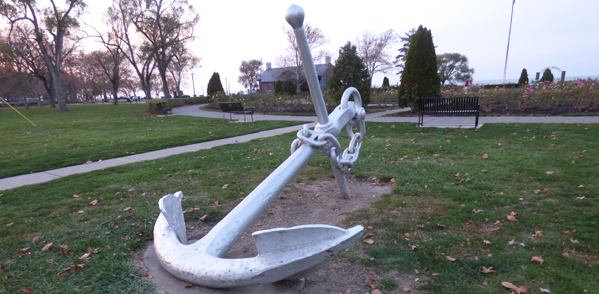FEELINGS
Feelings are messengers. They let us know what we need.
Our emotions hold the keys to understanding what our true needs are.
Getting in touch with our feelings,
helps us get in touch with our needs.
Trauma disconnects us from ourselves,
which can make it difficult to identify our feelings and needs, especially in a triggered state.
In the beginning, I needed to look at a list of feelings in order to identify my emotions when I was triggered.
I used the list of Feelings We Are Likely To Feel When Our Needs Are Not Met
in Marshall Rosenberg's book Non-Violent Communication: A Way for Life.
After a while, I became able to identify my feelings on my own.
Here is a short list of some common emotions we are likely to feel
when our needs are not being met:
Angry
Annoyed
Irritated
Grumpy
Grouchy
Bothered
Incensed
Rage/Enraged/Outraged
Resentful
Grief
Sad/Sadness
Hurt
Forlorn
Blue
Down
Depressed
Despair/Despairing
Fear
Anxiety
Worry/Worried
Nervous
Terror/Terrified
Dread
Envy/Envious
Jealous
Guilty
Ashamed
Embarrassed
Shocked
Horrified
Bewildered
Confused
Ambivalent
The Big 3
There are three key emotions I pay attention to. I call them the Big 3.
They are Anger, Grief, and Fear.
I learn a lot by paying attention to these three.
Anger is hugely important.
It is a sign that something is wrong.
It tells us "Something is not right here."
Anger is self-validating.
It says "I've been mistreated. I was worth more than that."
Often the first thing that people, who were traumatized, need to feel is anger.
Many are cut off from their anger.
Anger may be subverted under grief, guilt, or other emotions.
Many people are afraid to express anger, feeling that it is too dangerous
because someone in the childhood home could not regulate their emotions
and got violent when they were angry.
On the other hand, anger may be a mask, hiding grief, fear or other emotions.
Grief (Sadness) says "It wasn't my fault. I can't control others' decisions."
Sadness is a way of delivering us to the other side.
It can be a sign that we are ready to move through something.
"I can start bringing this to an end. There are new beginnings."
Grief is like a boat that carries us across a river to the other side.
I have heard it said that anxiety is a sign that we have stuck grief.
Fear usually boils down to one of two things:
fear of not getting something we want
or fear of losing something we have.
At a Grief Workshop many years ago, I learned that underneath all anger there is grief;
underneath all grief there is fear;
and underneath all fear there is love.
Although emotions can be layered in a different order at times,
if I am feeling one of the Big 3, I have found it helpful to ask myself
"What is the grief underneath this anger?"
"What is the fear beneath this grief?"
"What is it that I deeply love that is buried beneath this fear?"
What I love is connected to an important need that I have.
LAYERS
Emotions generally do come in layers.
The emotion we are aware of is often just a surface emotion.
There are likely several other emotions beneath it.
Anger is a strong emotion that is often a mask,
hiding other emotions from our awareness.
(e.g. grief, sadness, hurt, fear, guilt, shame, embarassment)
For an example of this, call to mind something that you currently feel angry about.
What emotion is underneath your Anger?
And under that?
And under that?
And under that?
Keep going until you get underneath all the layers of emotion to the core, which is a need.
At the core, is a true, valid need.
Feel the Feeling
Emotions come in 90 second waves.
If we allow ourselves to feel our feelings (for 90 seconds),
we can connect with the needs that are behind them.
Once the underlying need is identified,
the emotion tends to vanish immediately.
(It has done its job.)
Sometimes what I think I need is just a surface need (like my surface emotions),
masking a deeper need, which I call a true need. Feeling my feelings allows me to uncover my true needs.
By uncovering our true needs and acting on them,
instead of acting on our feelings,
we make better choices.
I often find that my true need is something much simpler than I originally thought it was,
and I can usually easily take care of it myself.
(In a triggered state, we often think we need someone else to meet our needs,
because we are subconsciously regressing back to childhood.)
